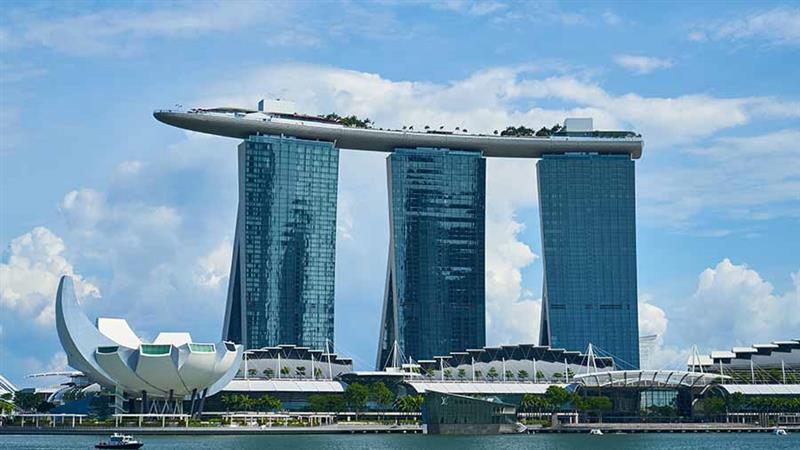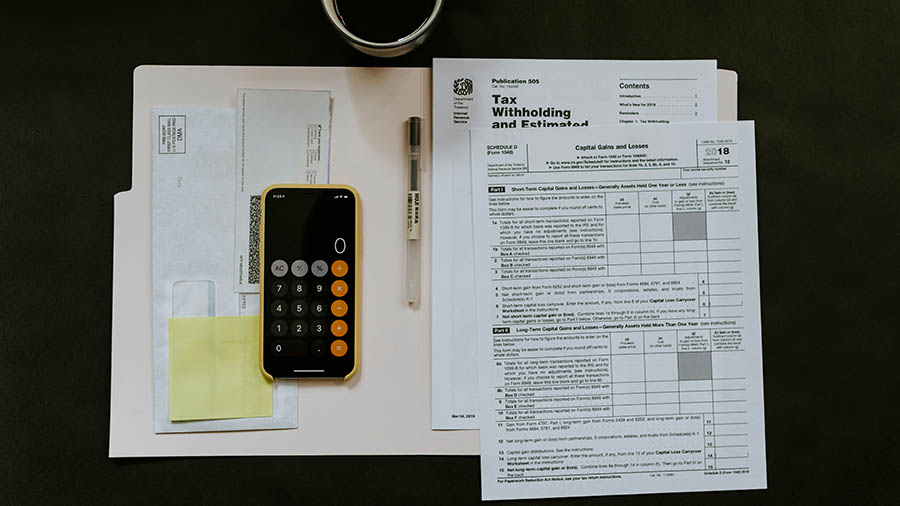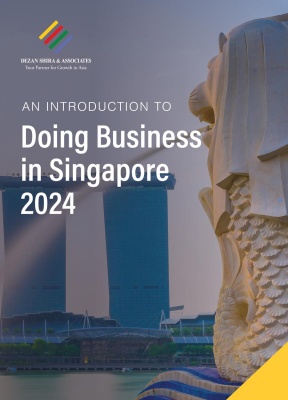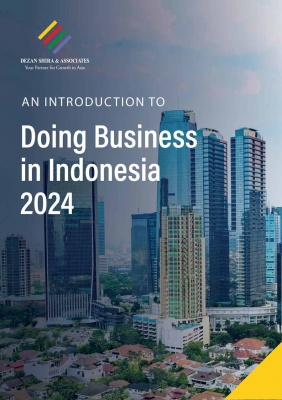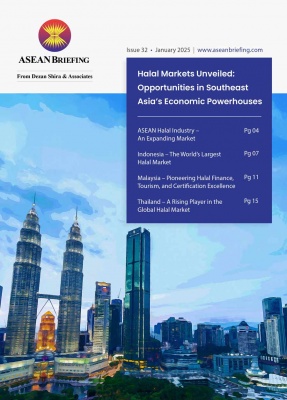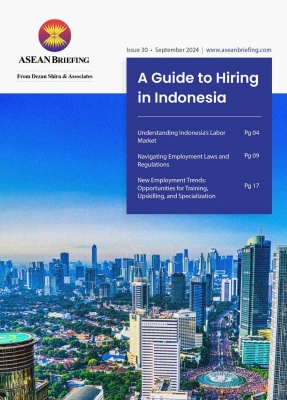Identifying New Opportunities for FDI in ASEAN through the Business Optimism Index
For the past couple of years ASEAN has been a very attractive region for investment. In 2014, ASEAN member states combined for over US$2.3 trillion in total GDP. The end of this year will see the creation of the ASEAN Economic Community (AEC) which will create one of the largest regional trade blocs. However, recently some of these economies have been affected by some factors such as China’s slowdown and currency volatility. As each nation responds to these new challenges, it is important to remember that each ASEAN nation presents its own unique advantages and challenges for foreign investment.
The ASEAN Business Optimism Index (BOI), released each quarter by Dun & Bradstreet, provides in-depth insight into business sentiment for the quarter ahead as measured by sales volume, net profit, selling price, new orders, inventory, and employment across sectors and industries.
In this article we provide an overview of business optimism for Q4 in the six biggest ASEAN nations by GDP based on this Business Optimism Index.
Indonesia
Indonesia, while still the largest economy in Southeast Asia reported its fourth consecutive quarter of decline. Each of the six parameters measured by the index saw contraction from Q3 to Q4. The country has been affected the prevailing economic uncertainty particularly due to the possible US rate hike and slowing Chinese economy. The government has taken measures to boost the economy, but challenges remain ahead. The survey concludes that 11.9% of respondents see better performance during the Q4; however 10.4% have a pessimistic outlook, the highest level in five years.
Malaysia
Business outlook in Malaysia for Q4 saw a sharp decline from Q3, with the Optimism Index contracting from 2.62% to negative 14.5%. Manufacturing was one of the most affected sectors, across almost all of the indicators measured. Political unrest, currency issues and low energy prices have taken a toll on investor confidence. However, there are some positive developments, such as the government stepping away from currency intervention. Additionally, the economic reforms introduced in the past decades are more sound than those of other countries in the region.
Philippines
The Filipino economy saw its optimism index decline from 57% in Q3 to 52% in Q4, but it still managed to have the highest index in the region. While the economy has been shaken by economic developments and seen declines in five out of the six parameters, business confidence remains strong. According to most analyses, the Filipino economy is the least vulnerable to the Chinese slowdown that has affected many of its neighbors. Furthermore, the Philippine peso has fared better than any of the other currencies in the region and its reserves have held steady.
Singapore
Singapore is seeing business optimism decline to almost negative levels following two quarters of increase. Both the manufacturing and transportation sectors saw severe declines; this continued the negative outlook for the manufacturing industry which has shrunk by 4.9% year-on-year. The Purchasing Managers Index (PMI) also saw contractions as new orders and production declined domestically, and new orders fell overseas. The global and regional slowdown forecast a challenging quarter due to the effects of the regional slowdown and credits risks within Asia-Pacific.
Thailand
The optimism index for the country is the second lowest in ASEAN, only ahead of Malaysia at negative 5%. Thailand declined in almost all of the parameters measured, with the only increase being on Inventory that increased by 8% quarter-on-quarter. The country saw exports decline and private consumption weighted down by high debt burden. Additionally, the tourism industry was also adversely affected by the bomb attack in central Bangkok on August 17. While it seems the tourism industry will quickly recover, the close trading relationship with China will continue to affect the Thai economy.
Vietnam
Vietnam maintained its positive outlook reaching 45% on the optimism index, the second highest in the region after the Philippines. Four out of the six parameters measured registered positive outlooks, with volume of sales and net profit showing the highest scores. Meanwhile, on a year-on –year basis new orders experienced the highest increase. While recent adjustments on exchange rates have had an impact in the manufacturing sector, it remains high at record levels since Q4 2013. Optimism is likely to continue into the next quarter due to positive signals from the local macroeconomic environment.
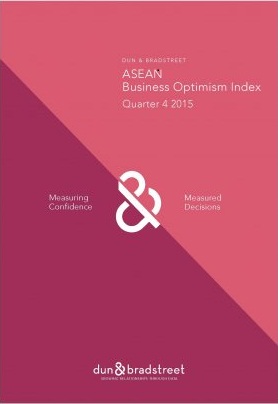 The Business Optimism Index, released every quarter by Dun & Bradstreet, is considered a leading economic indicator for turning points in business activity and measuring business sentiment. The Index captures business expectations for the quarter ahead based on six parameters: sales volume, net profit, selling price, new orders, inventory, and employment. Sampling in the Index represents key business sectors including manufacturing, construction, wholesale, transportation, services, finance, mining and agriculture, according to their GDP contribution in each nation. The Business Optimism Index, released every quarter by Dun & Bradstreet, is considered a leading economic indicator for turning points in business activity and measuring business sentiment. The Index captures business expectations for the quarter ahead based on six parameters: sales volume, net profit, selling price, new orders, inventory, and employment. Sampling in the Index represents key business sectors including manufacturing, construction, wholesale, transportation, services, finance, mining and agriculture, according to their GDP contribution in each nation.
The ASEAN Business Optimism Index for Q4 2015 is out now and available as a complimentary download in the Asia Briefing Bookstore. |
 The Asia Sourcing Guide 2015
The Asia Sourcing Guide 2015
In this issue of Asia Briefing, we explain how and why the Asian sourcing market is changing, compare wage overheads, and look at where certain types of products are being manufactured and exported. We discuss the impact of ASEAN’s Free Trade Agreements with China and India, and highlight the options available for establishing a sourcing and quality control model in three locations: Vietnam, China, and India. Finally, we examine the differences in quality control in each of these markets.
The 2015 Asia Tax Comparator
In this issue, we compare and contrast the most relevant tax laws applicable for businesses with a presence in Asia. We analyze the different tax rates of 13 jurisdictions in the region, including India, China, Hong Kong, and the 10 member states of ASEAN. We also take a look at some of the most important compliance issues that businesses should be aware of, and conclude by discussing some of the most important tax and finance concerns companies will face when entering Asia.
 The Gateway to ASEAN: Singapore Holding Companies
The Gateway to ASEAN: Singapore Holding Companies
In this issue of Asia Briefing Magazine, we highlight and explore Singapore’s position as a holding company location for outbound investment, most notably for companies seeking to enter ASEAN and other emerging markets in Asia. We explore the numerous FTAs, DTAs and tax incentive programs that make Singapore the preeminent destination for holding companies in Southeast Asia, in addition to the requirements and procedures foreign investors must follow to establish and incorporate a holding company.
- Previous Article An Overview of IFRS Adoption in ASEAN – Part Two
- Next Article Breaking the Mold: FDI Opportunities in ASEAN’s Plastics Industry
